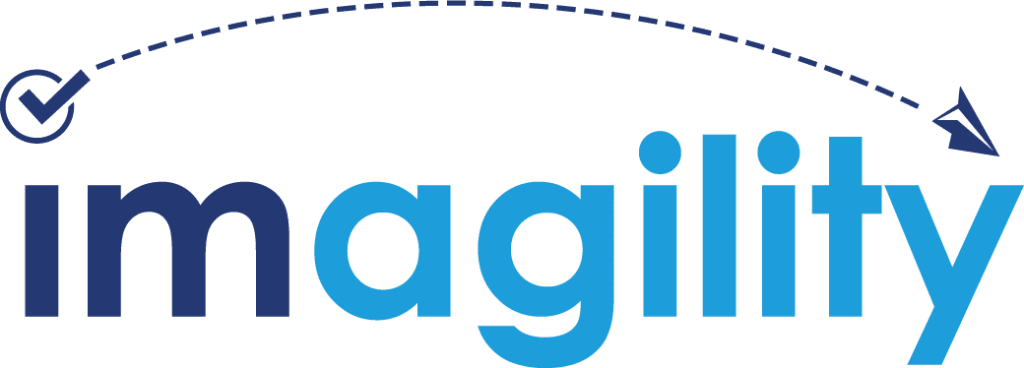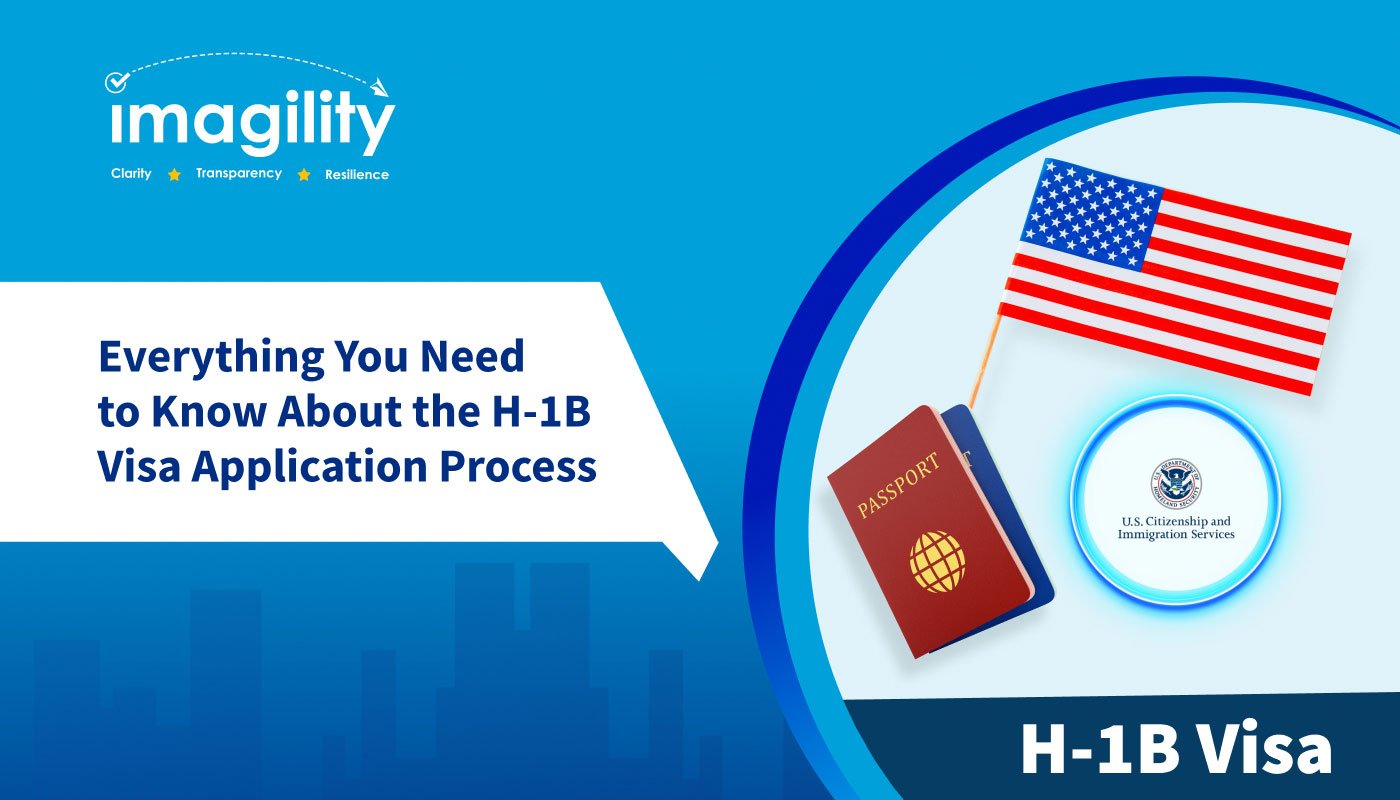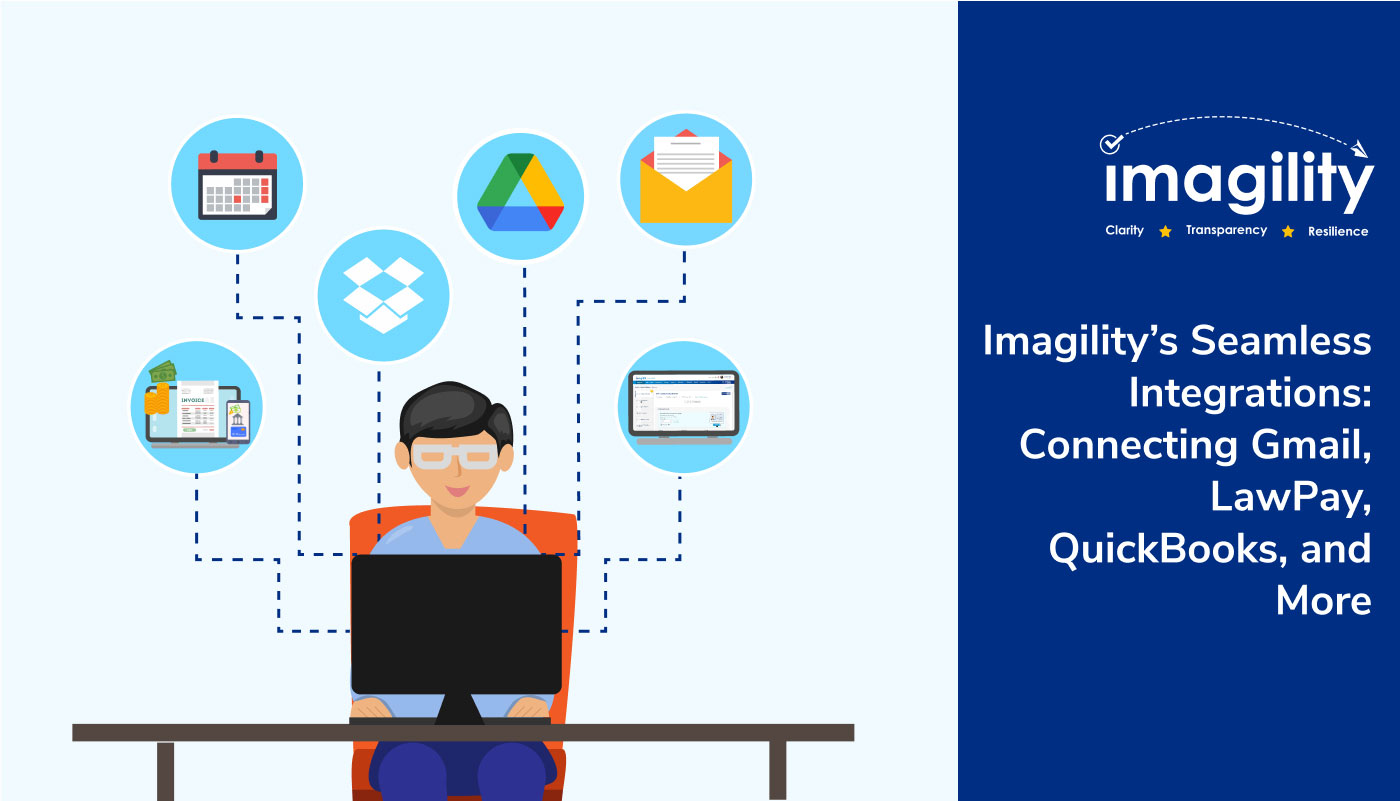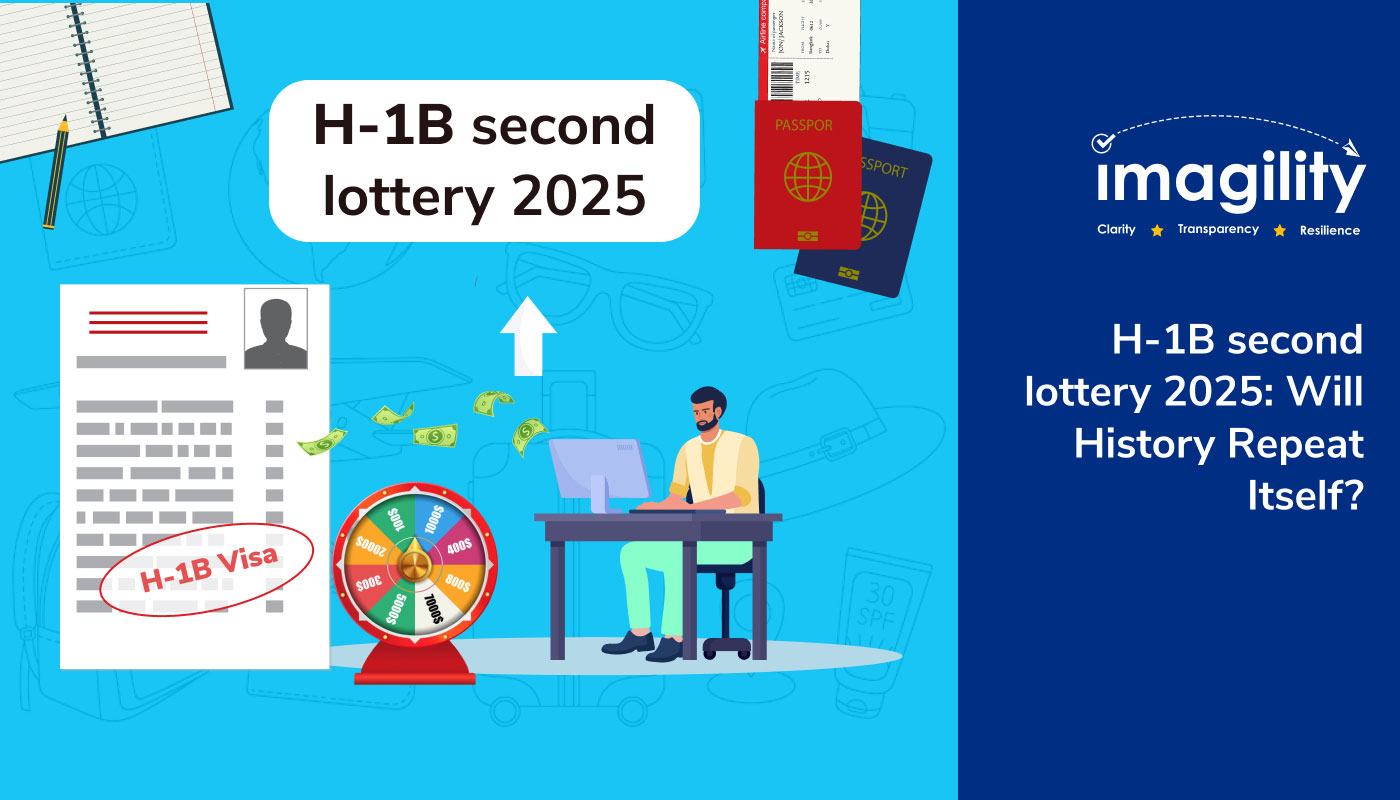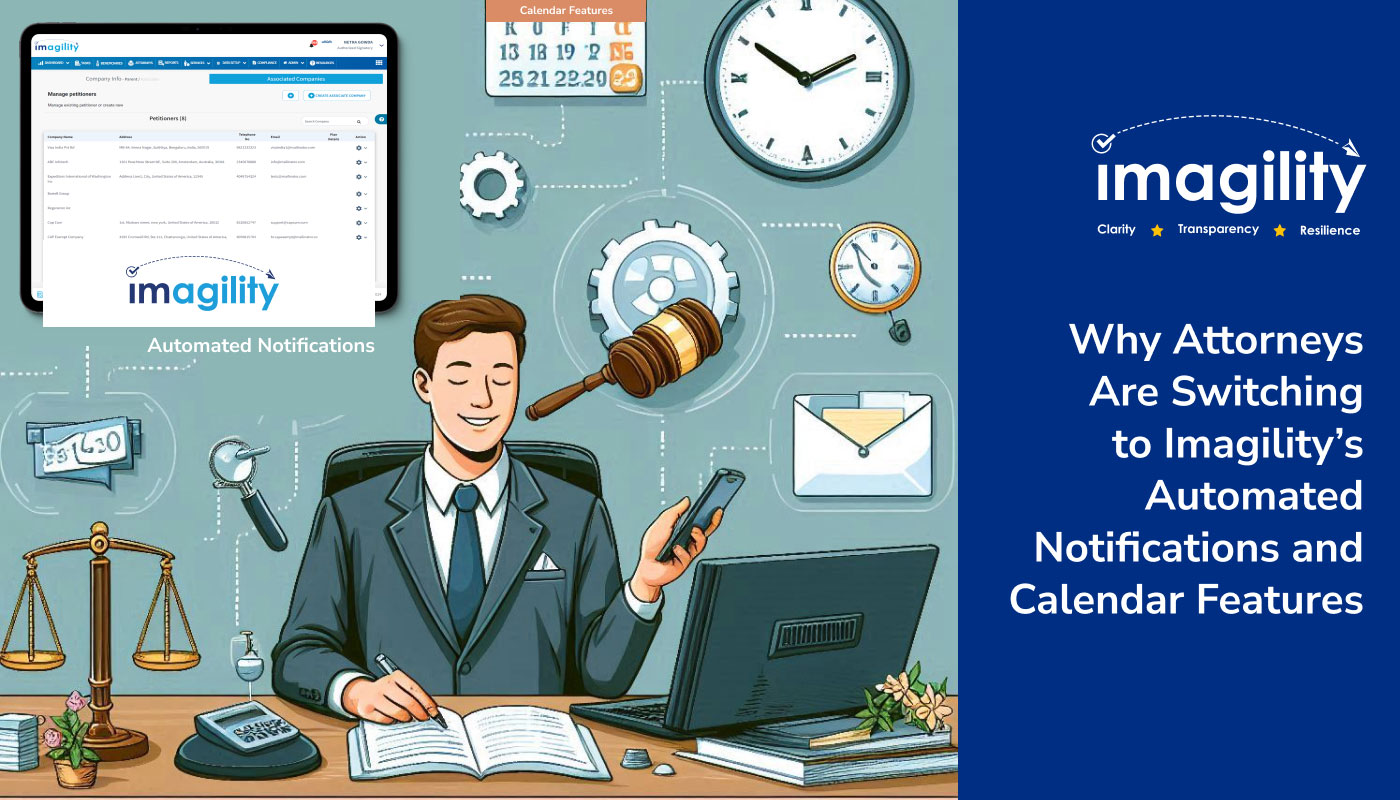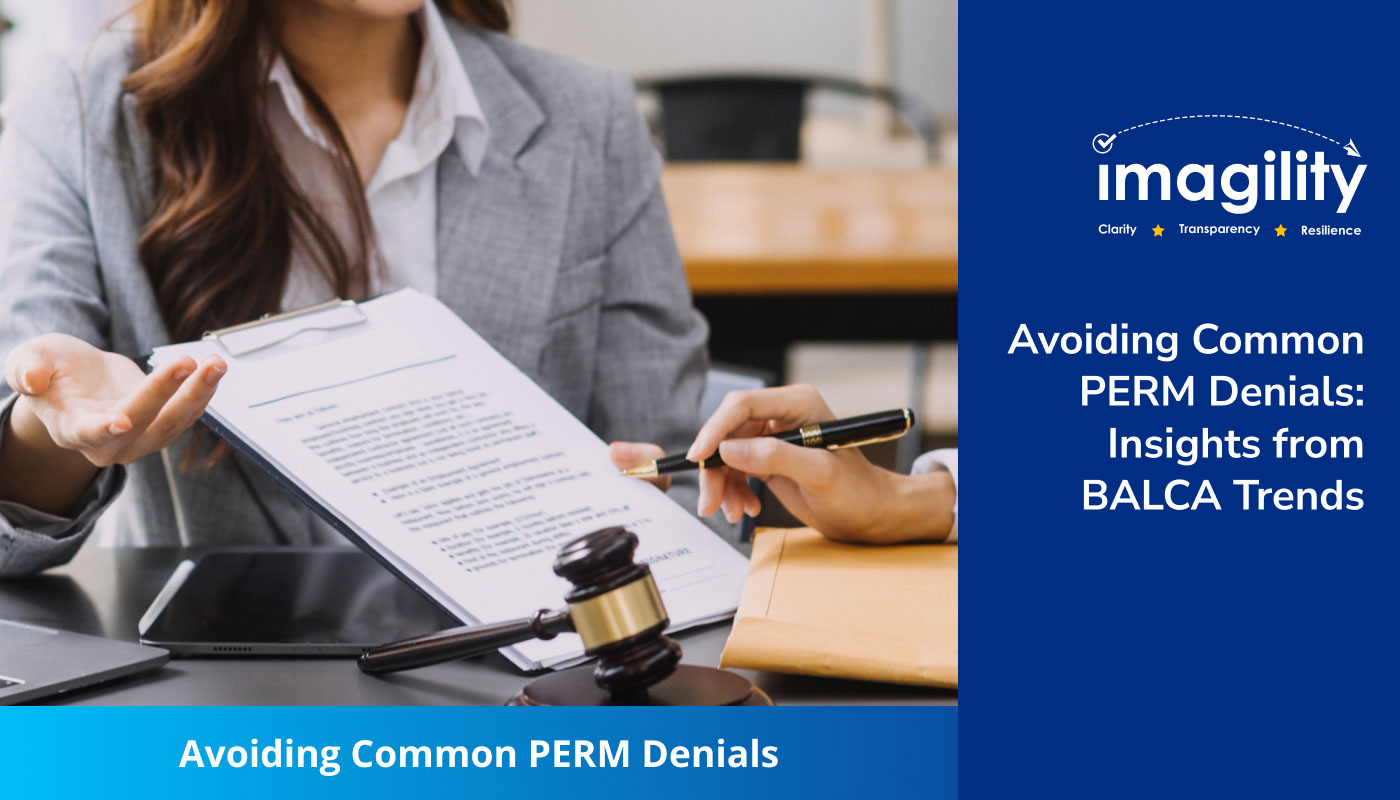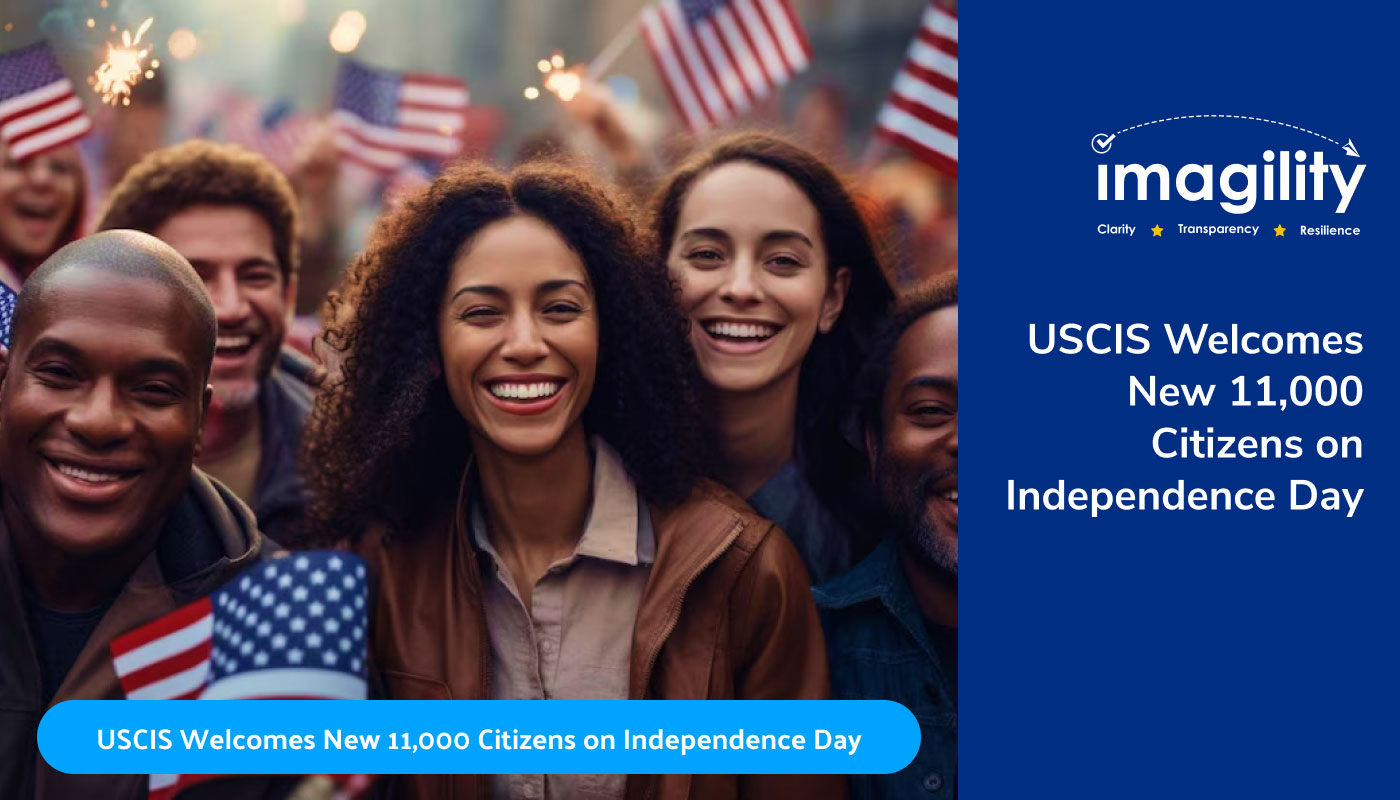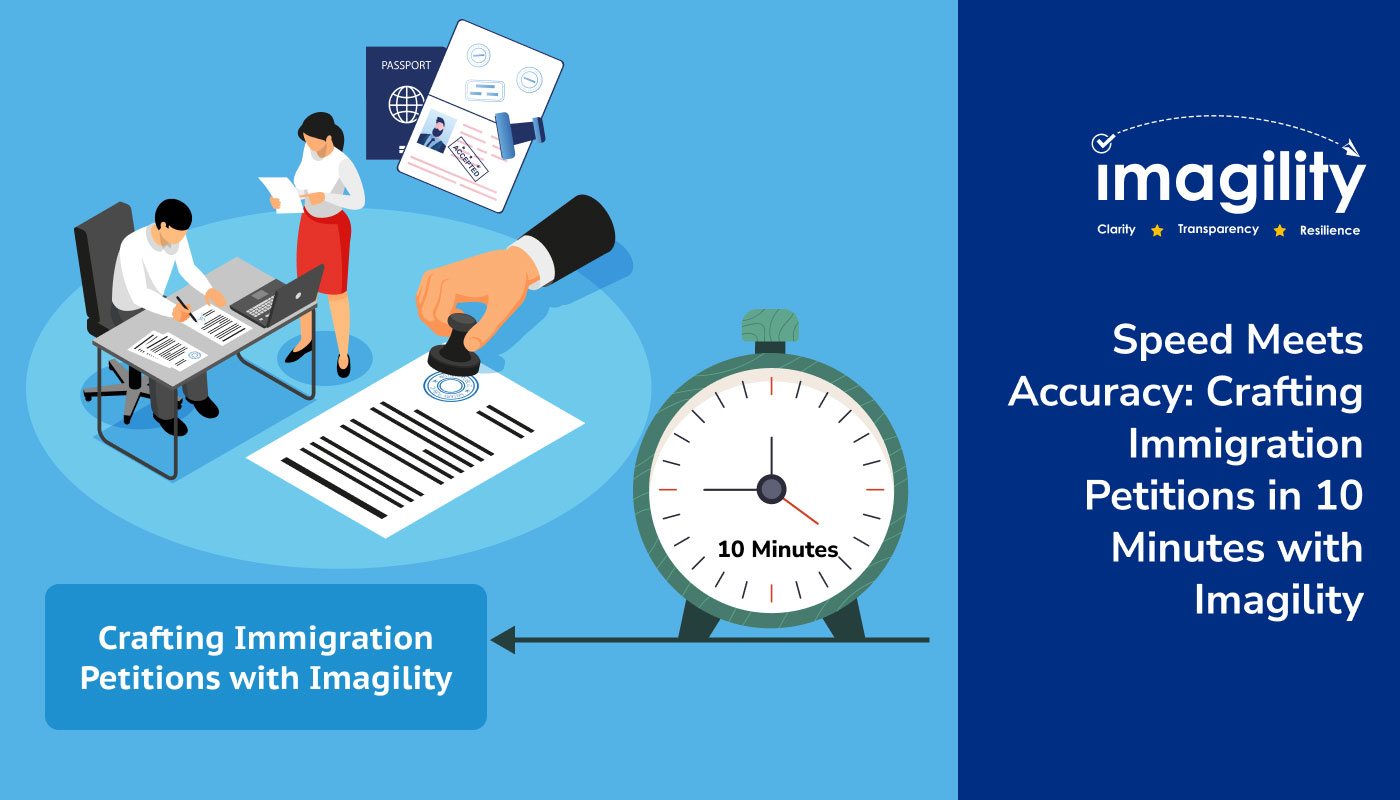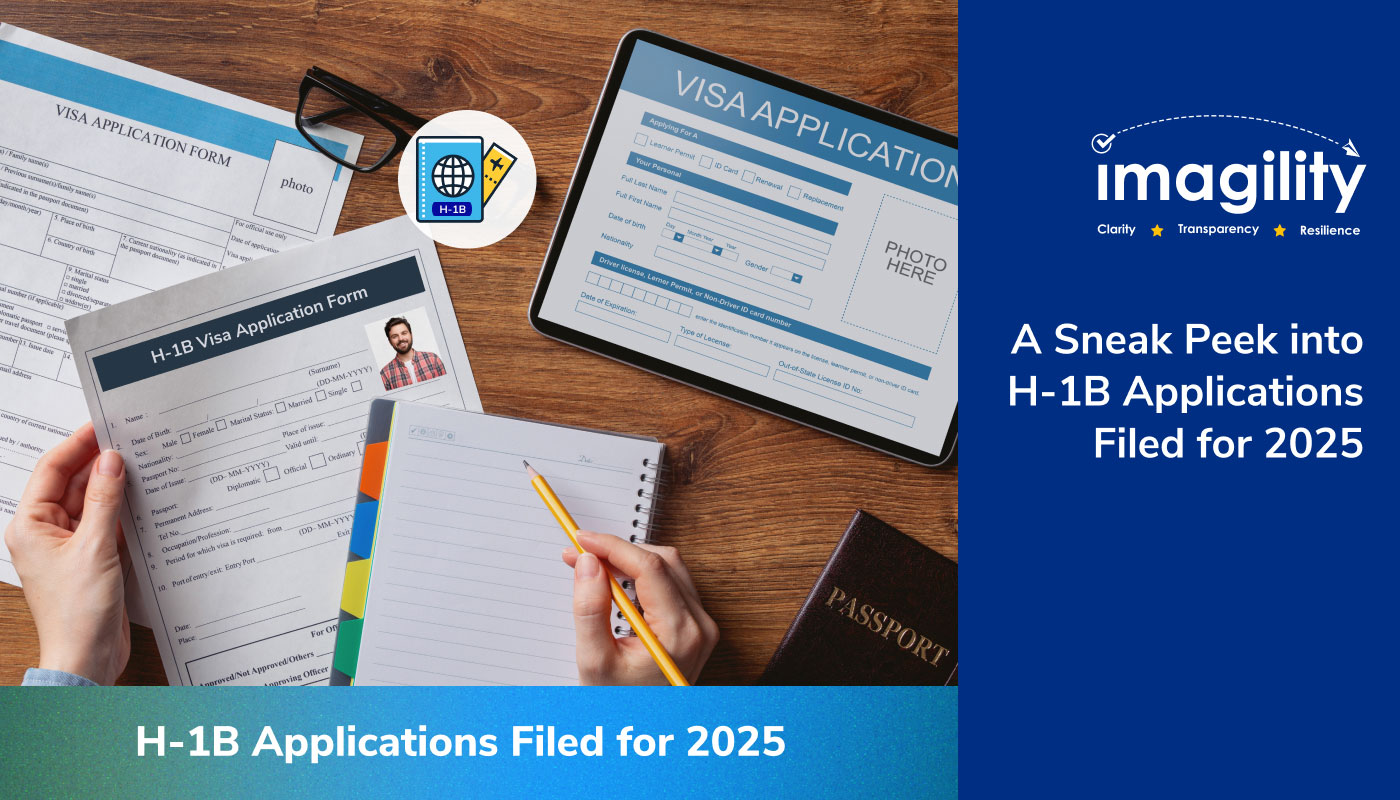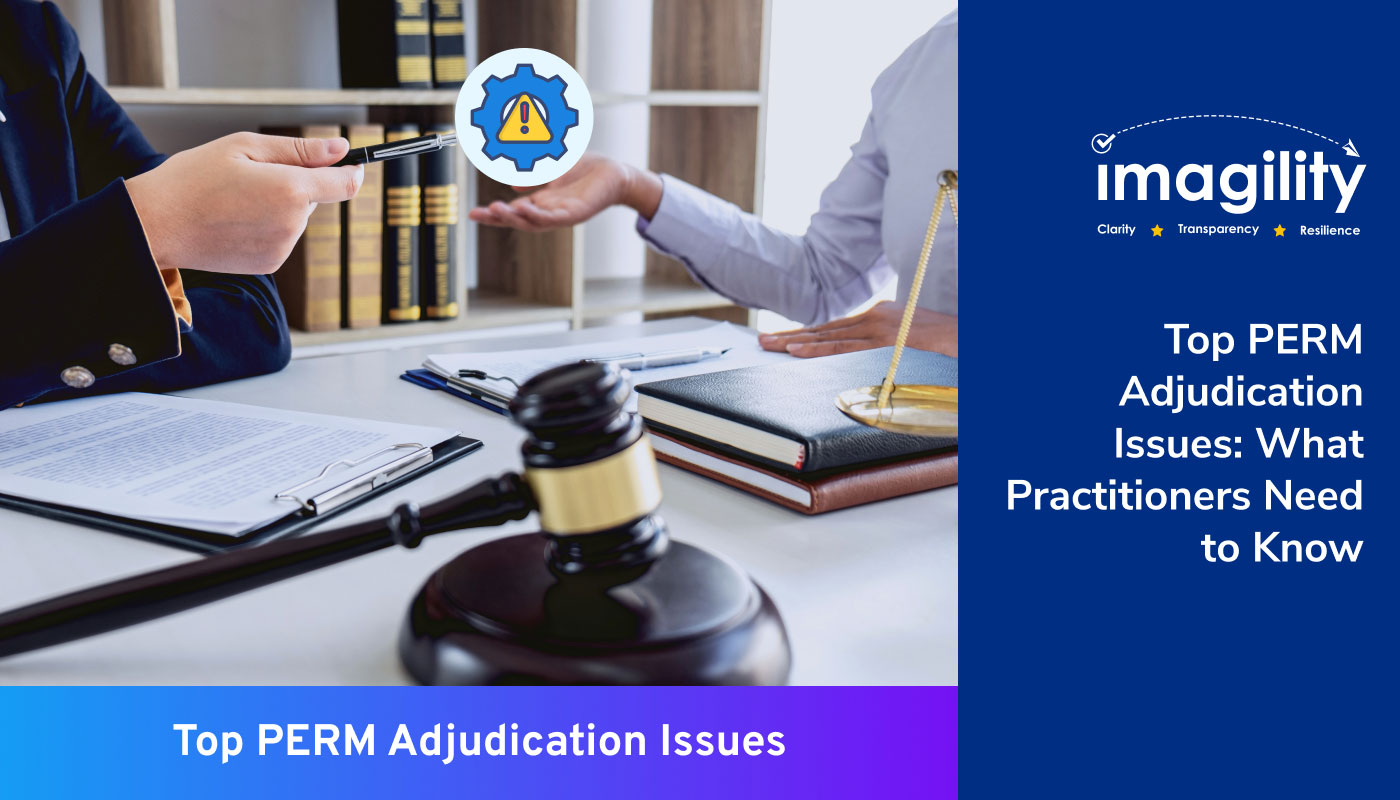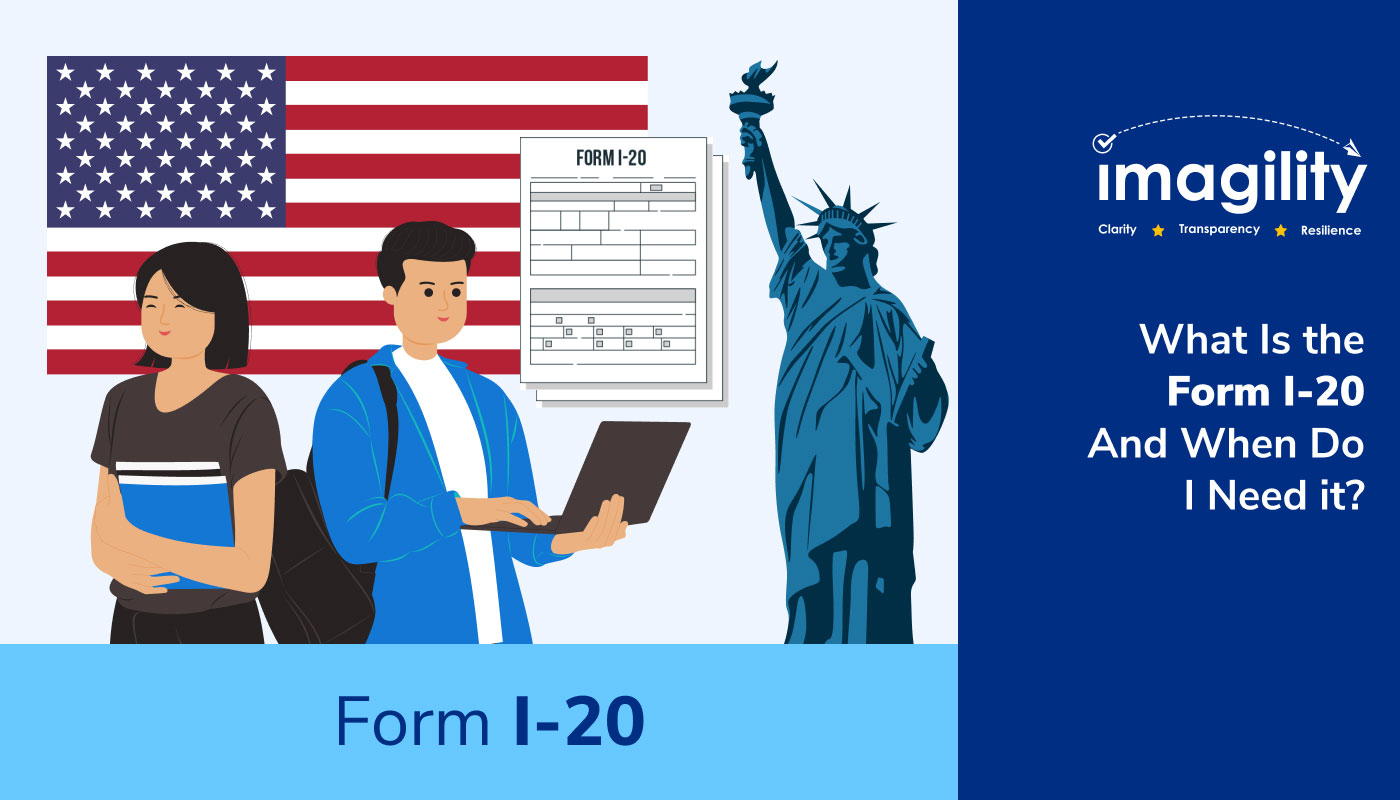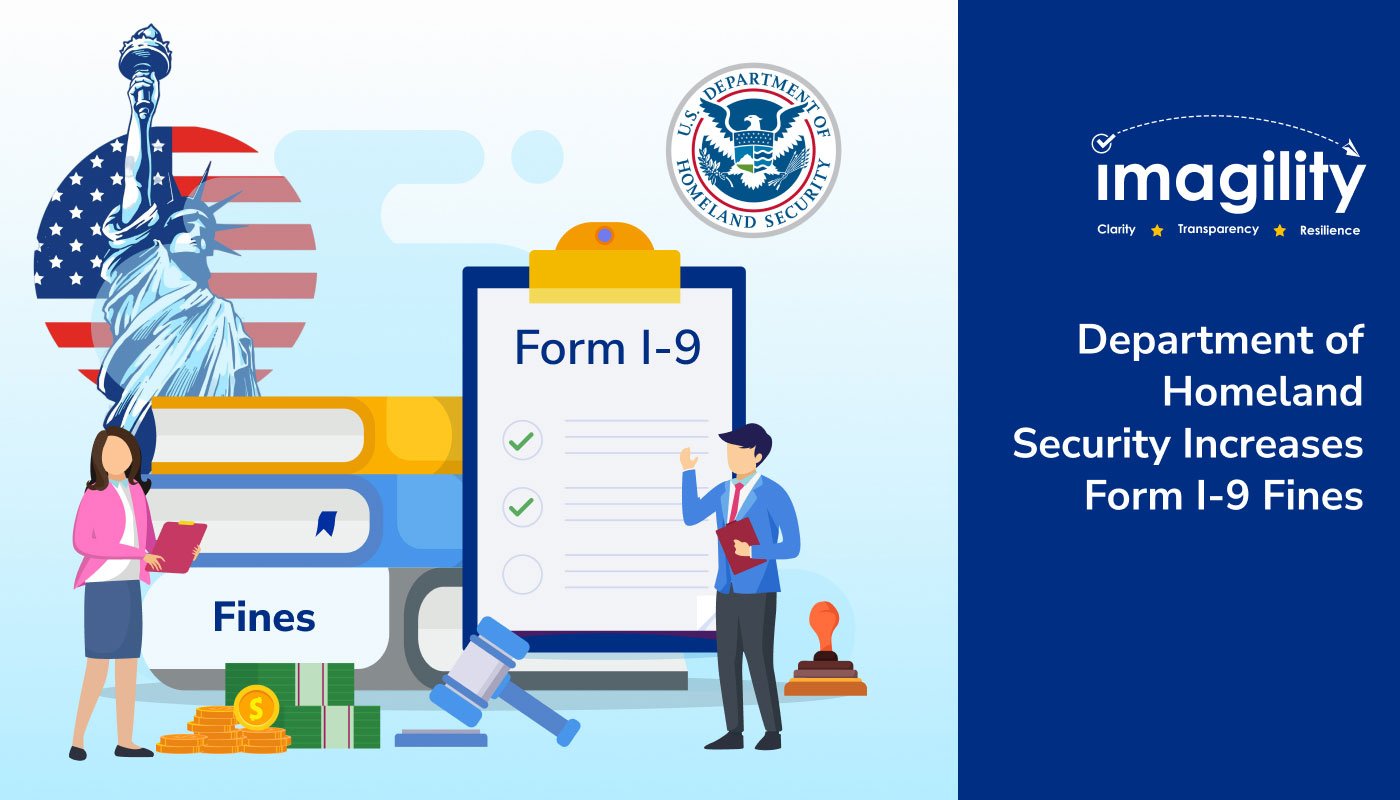“Every aspect of the American economy has profited from the contributions of immigrants.” President John F. Kennedy
Introduction
Thousands of foreign nationals get jobs in the US and get sponsored by their employers for H-1B visas each year. Employers hire them but often end up with disappointment due to visa denials. H-1B visa is a must-have gateway pass that allows US employers to onboard foreign talents for specialty jobs.
In recent years, it has been observed that the number of H-1B visa applicants is steadily increasing. Likewise, the rate of denials has grown and triggers tension for many US employers and foreign nationals to secure visa.
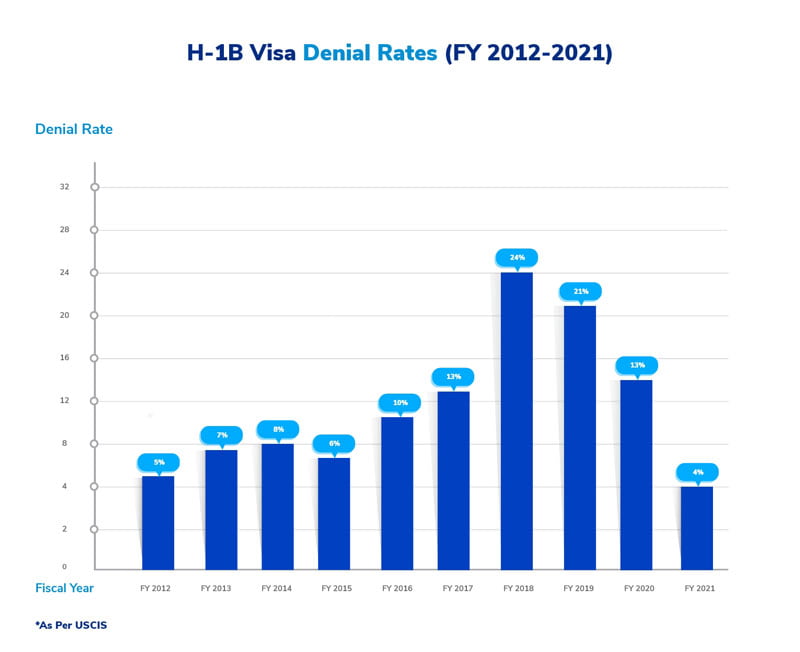
For the fiscal year 2023, a staggering 483,927 applications were received by USCIS which is the highest number of applications till date. Since USCIS decides a fixed quota each year to grant an H-1B visa, it is anybody’s game until the final results are out.
However, being an employer or attorney and knowing the complete H-1B visa process including fees, eligibility, filling the applications correctly, etc, can help you stand apart from others in the race and ultimately fuel up your chances of getting the visa.
Read on to learn the complete H-1B application process to decode the paths and improve your chances at H-1B visa approval.
Let’s begin!
What is the H-1B visa?
The H-1B visa is a non-immigrant visa that allows foreign nationals to work in the United States in a specialty occupation. The visa is applied by employers (not employees) and if approved, is tied to the sponsoring employer.
However, in case the worker quits the job, or is laid off, he has to find a new H-1B sponsoring employer, finish the application, and complete the H-1B application process again. If it does not happen, he/she will have to leave the US anyway.
Why is the H-1B visa the most sought-after visa?
No other work visa other than H1-B has extreme benefits to offer for US employers and foreign nationals. And that is the primary reason it is the most sought-after visa. Let’s look at some of the reasons:
- US employers face local labor shortages each year since they don’t have access to skilled US workers in science, technology, engineering, and mathematics (STEM) .
- US workers are often unwilling to move when their employer’s location changes. H1-B visa allows them to hire foreign talent to fill that requirement.
- In today’s competitive environment, employers need access to a global skilled workforce to thrive and succeed. Through an H-1B visa, they are able to attract and hire skilled labor easily.
- The H-1B work visa is unlike other work visas (E-2, L-1) that require a master’s degree, a managerial position, or a huge investment. It simply requires a bachelor’s degree and a job offer under a specialty occupation from a US employer.
- Unlike other work visa types, the H-1B visa comes with dual intent. That means individuals can apply for permanent residence status.
- H1-B visa offers status portability which means you can port your status from one employer to another during the stay.
- Any foreign national can apply for an H-1B visa which is considered to be the most significant reason for its popularity.
What is the duration of the visa?
The visa, once granted, is valid for three years and can then further be extended up to three more years. Thus, the validity of the visa ultimately lasts for six years. It is imperative to know that the H-1B visa is tied to a sponsor employer.
So, if the worker quits the job or disconnects from the employer in any way, he will have to go through the same H-1B visa application process again.
The employer must demonstrate their ability to provide a job and wage that meets or surpasses the prevalent salary for the job, along with evidence that the applicant holds a degree specifically related to the job’s required qualifications.
The H-1B visa application process
To be able to obtain an H-1B visa and enter the U.S., one must gain employment from a U.S. employer who is willing to act as a sponsor. Since the H-1B visa is a work visa, gaining the necessary H-1B sponsorship from a U.S. employer is a prerequisite for any applicant.
● Fees and Eligibility
The H-1B application fee is not cheap and is borne by the employer who is sponsoring the applicant. Let’s see the fee structure* for an H-1B visa.
- H-1B Registration Fee- $10
- I-129 for H-1B- $460
- Fraud and prevention fee- $500
- Premium processing fee- $2500
*On January 4, 2023, USCIS proposed a rule which would dramatically increase immigration filing fees, particularly for employment-based petitioners.
It is important to know that the applicant chooses the premium processing and he bears the fee, not the employer.
Moreover, the eligibility for the H-1B application includes the following requirements:
- A candidate must have a job offer from a US employer that needs specialty knowledge.
- The applicant must have a bachelor’s degree or equivalent in that field.
- The applicant’s employer must demonstrate that there is a shortage of eligible U.S. applicants for the position.
● H-1B Lottery Process
The H-1B lottery has become an indispensable part to shortlist candidates. If the registrations for USCIS exceed a fixed quota (85000 currently) each year, the H-1B visa process results in a lottery system. The H-1B lottery has been consistently taking place since 2014.
Until 2019, petitioners had to fill out a complete H-1B petition within the first five days to be eligible for the H-1B lottery. This has now changed with the introduction of the online H-1B registration process effective in 2020, where the petitioner only needs to fill in a few personal details to register an individual for the lottery.
The first lottery takes place to fill the regular cap of 65000 while the latter is intended to fill the master cap of 20,000. So those who have a master’s degree have a double chance to get shortlisted through the H-1B lottery process. Only those who get picked in the lottery need to file the complete H-1B petition with supporting documents and details.
● LCA filing
Once the application is shortlisted by the USCIS, LCA is mandatory to fill and submit to proceed with the H-1B petition. Petitioners need to submit LCAs with the Department of Labor (DOL) for certification. Employers should not file an LCA more than 6 months before they expect their new employee to start the position.
The sole purpose of LCA is to ensure that the foreign individual is given the same compensation as given to US employees in that geographic area. It also ensures that the presence of foreign individuals will not impact US workers.
It takes 1-2 weeks to certify LCA and petitioners cannot file the H-1B petition for a prospective employee without a certified LCA. Once certified and approved you can proceed with the H-1B petition building.
● H-1B Petition Building
After you receive LCA certification, you can start with H-1B petition building. For that, you need to fill I-129 form and submit it to the USCIS along with the LCA, fees, and additional documents. The additional document may include educational certificates, training or professional certificates, a resume, and the copy of the offer letter.
Master the H-1B visa application process.
Download our H-1B Playbook from Imagility Immigration Software now!
Approval/RFE/Denial: Way forward
If the petition is approved, petitioners will be notified by the USCIS itself. Another scenario is that the USCIS may send an RFE. RFE (Request for Evidence) is additional information that USCIS seeks to have additional proof in order to make a decision related to the beneficiary H-1B case.
It is impossible for all applicants to get a H-1B visa. There are some variables that play a role in denials, listed below:
- The employer seems fake, incapable of hiring, and paying wages to foreign nationals.
- The foreign professional does not have the required education or degree.
- The offered employment does not adhere to specialty occupation needs.
- The petitioning employer fails to demonstrate the relationship with the employee.
How can Imagility help you?
Imagility, a robust immigration software platform provides a guided, step-by-step workflow for constructing an H1-B story, showcasing the pivotal points of success, and highlighting the components that need additional attention.
With the platform’s machine learning and algorithmic capabilities, Petitioners have a chance to collaborate with Beneficiaries & Attorneys to put together a well-built, complete petition with all subject matter included. Moreover, its Petition Analysis function outlines missing details and recommends improvements that can ensure effective petitions, reducing the risk of RFEs and denials, consequently increasing the chance of success.
Imagility offers mobile apps to Petitioners, Attorneys and Beneficiaries to track their petitions on the go. These mobile apps complement the Imagility Platform, helping stakeholders stay updated of all developments.
You can also download the H-1B Lottery App on Play store and App store today!
Reach out to us for a demo today sales@imagility.co
Call us at +1 603 782 4622/+1 617 865 6588.
For more info, visit us at www.imagility.co
